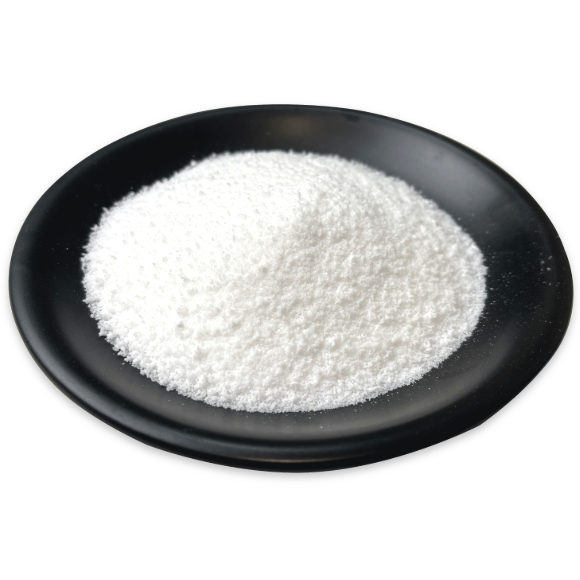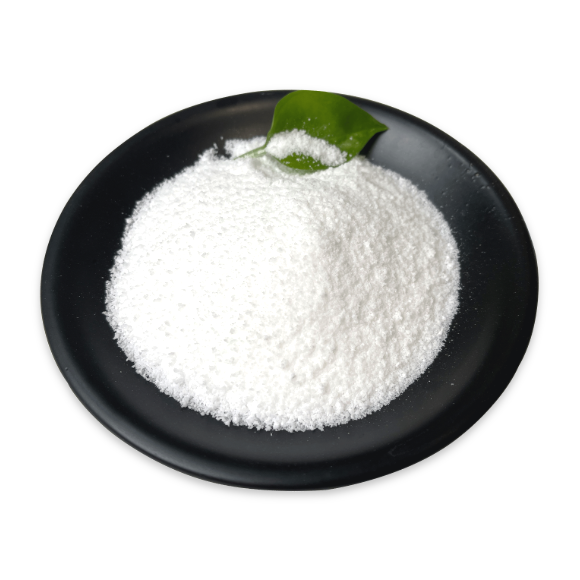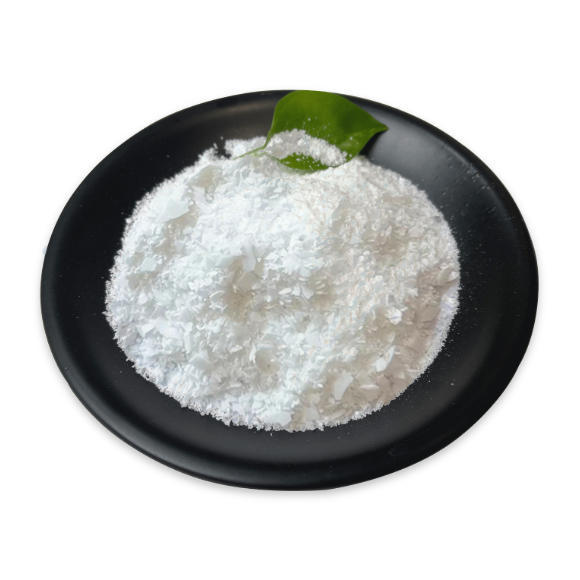
How to choose polyethylene wax in color masterbatch formulation?
 TIME:2023-11-25
TIME:2023-11-25
Polyethylene wax plays a lubricating and dispersing role in the color masterbatch system, increases the compatibility of pigment with polyethylene, polyvinyl chloride, polypropylene and other resins, is conducive to improving the extrusion efficiency of the color masterbatch, and increases the gloss and processing performance of the product.
① The variety selection of polyethylene wax in the color masterbatch formula needs to be considered from the pigment and carrier resin in the color masterbatch, and the resin required to be colored by the color masterbatch should also be considered. This is because according to the similar compatibility principle, homopolysaccharide wax is suitable for non-polar plastics, such as polyethylene, polypropylene, and copolymerized polyethylene wax molecules access polar groups to introduce carboxylic groups, and then esterification and other modifications, so it is suitable for polarities of polyvinyl chloride, polystyrene, ABS, engineering plastics. The selected polyethylene wax variety can only be mixed and dispersed with each other if it has good compatibility with the carrier resin. Similarly, the selection of polyethylene wax varieties is also suitable for the polarity matching of various pigments.
② Polyethylene wax has wetting and dispersing functions in the processing of color masterbatches, and an ideal wetting dispersant has relatively low viscosity in the wetting treatment stage of pigment particles (relatively low temperature), which is conducive to the wetting of pigment particles; In the shear dispersion stage (relatively high temperature), the viscosity is expected to be higher, so that the help of shear dispersion will be more obvious. However, when the pigment is dispersed in the plastic, the shear force is mainly, and the viscosity is too low, which is not conducive to dispersion.
In conventional processing, increasing the temperature of the dispersion system is conducive to the wetting and penetration of pigment particles. Reducing the temperature is more conducive to the shear dispersion of pigment particles. How to find the processing conditions and methods that are conducive to the wetting of pigment particles and the effective dispersion of them is something we must seriously consider and treat, so we need to consider the comprehensive system and choose the appropriate polyethylene wax varieties.
③ The selection of polyethylene wax needs to consider environmental and product safety and other factors, too low molecular weight wax products will increase volatility and cause environmental pollution and product odor, etc. If such wax is used in some sensitive applications such as food packaging materials, children's toys, etc., it will cause very serious adverse consequences, so, The choice of such a major auxiliary material must be careful.
④ From the end customer needs to choose different types of polyethylene wax. If the masterbatch is used for low-end applications, such as garbage bags, trash cans, mulch, etc., customers can choose between by-product wax or pyrolysis wax. If the masterbatch is used for mid-range applications and there are dispersion and taste requirements, then synthetic polyethylene wax should be selected. If the masterbatch is used for special applications that are critical to taste and heat resistance, it is necessary to choose Ziegler-Nata or metallocene polymerized polyethylene wax. At this time, users choose polyethylene wax not only as a dispersant, but also to consider other requirements from the end application.












